Do you think that all roads lead to Rome? Maybe, but we are definitely sure that all highways lead to the lovely city of St. Louis, once upon a time the gateway to the American Midwest!
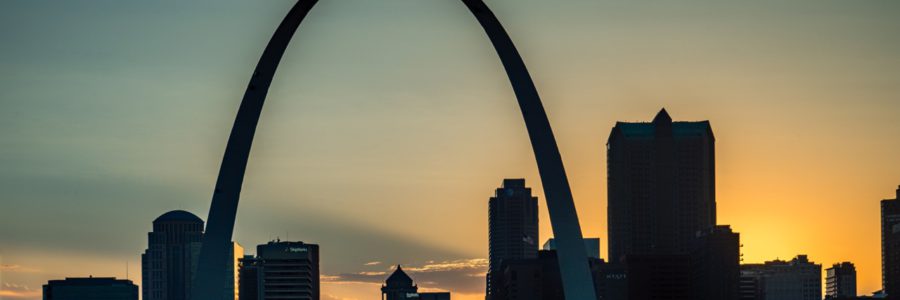

Do you think that all roads lead to Rome? Maybe, but we are definitely sure that all highways lead to the lovely city of St. Louis, once upon a time the gateway to the American Midwest!
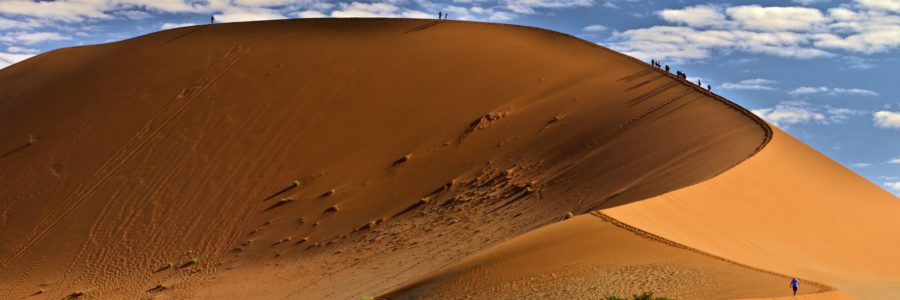
There is something magical about taking photos of desert dunes. The combination of geometry, elegance and the colors makes it one of my favorite photo locations. During my career, I’ve taken photos in deserts of five continents and I try to shoot in deserts at least twice a year. Here are few of my tips how to enjoy desert photography and Take Photos in the Desert.
It’s the key for desert photography. First step is choosing the right season – cooler months with bearable temperatures that allow longer period of time spent outside shooting. When you visit Death Valley in July, you can expect daytime temperatures approaching 120 ° F and night temperatures around 90 ° F. But when you go in January or February, you can enjoy the shoot with pleasant 70 ° F.
Furthermore, it always pays off to look for special occasions. I’ve experienced rain in the Namib desert, photographed the desert animal cubs in Atacama or blooming wildflowers in Death Valley.
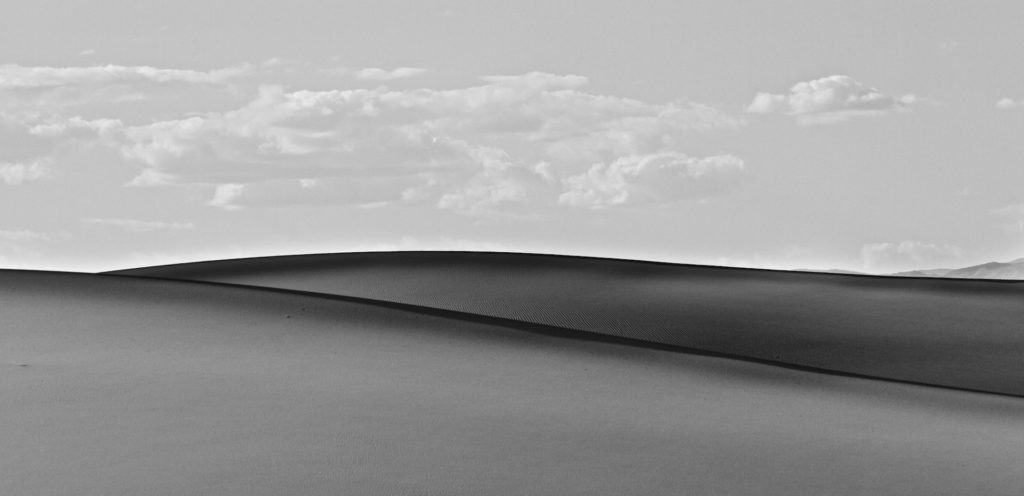
Photography is a play of light and shadows which is very true when shooting in desert. If you want to capture the dunes lines or the structure of undulating sand, you need low light. The best time for that is usually about an hour after sunrise and about an hour before sunset.
In the morning, the air is cooler and usually cleaner, so the photos are sharper. I usually try to get up early and head out before sunrise and climb up the highest peak in the area. In the evening, the air is hot and often full of dust. The haze, shimmering air and dust reflect and refract light so the pictures are more colorful with more atmosphere, but are less sharp.

When shooting in the deserts, I try to avoid taking pictures with the sun behind me. In such images, the shadows are not visible, so you lose both contours and structures. Side light and backlight are interesting options, the shadows are forming lines and underline structures.
Beware direct backlight as any contaminants can cause glares on the lens. It pays off to have brush ready to remove eventual dust from the lens.

Deserts are very dusty although it might not be apparent at first. Try to minimize interchanging lenses, memory cards and batteries as each opening of the camera means dust getting inside. My way to deal with this is to have two cameras ready, one with ultra wide angle lens for large landscapes and second one with telephoto lens for details. If you have to change the lens, then get inside a car and wait at least half an hour until the dust settles.
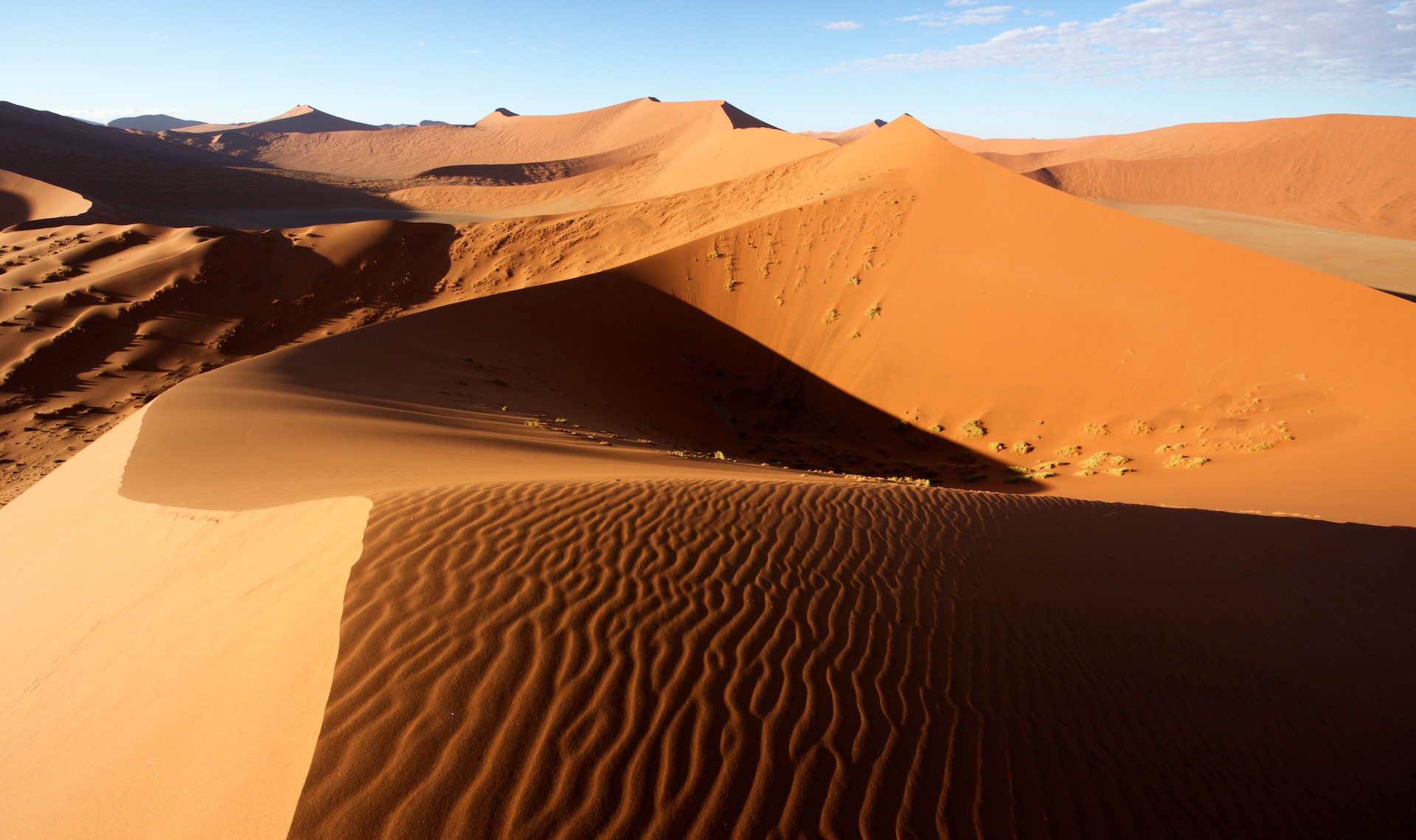
It is very important not to underestimate the risks associated with overheating. This is true both for the photographer and equipment. Always have plenty of water, do not overestimate your strength ad try to use sun protective clothes and sunblock. Try to protect the equipment from overheating. It happened to me many times that overheated camera turned off automatically and overheated lens stopped focusing.

Shooting in the desert is beautiful and it truly is one of my favorites. If you are considering desert photography, find your inspiration in the guides available within Fripito app. Download Fripito travel photography guides for iOS or Android.
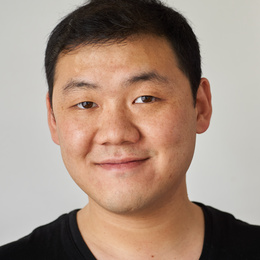
Daniel Suh is great US photographer. We met at Photo Plus Expo 2015 for first time and start cooperation. Because he is passioned traveler and landscape photographer, We did together great Washington DC travel guide for photographers and cooperation continue. So meet Daniel Suh.
I was born in Los Angeles, lived in Kazakhstan during my childhood, then returned to the US in time for high school. Studied Biblical Studies at Azusa Pacific University and most recently worked as a financial analyst for the Federal Government. I always loved photography as a hobby. It was only a few years ago that I got into it professionally.
The first year of seriously learning photography. I watched over a 1,000 youtube videos, read hundreds of articles and blogs from pros like Elia Locardi, Chris Burkard, Colby Brown, Ben Von Wong, Peter Hurley and B&H channel. I realized what my style is, what I like, the type of photography I want to do. Every time I learned something new I went to a near by park and did practice shoots. I also did planned photo walks with friends and other photographers. Got to do one with Trey Ratcliff, you can actually find him in one of the Washington DC guide photos if you look hard enough. Like photography and I think it is great to be able to make money while doing what you like to do so I got involved with Fripito.
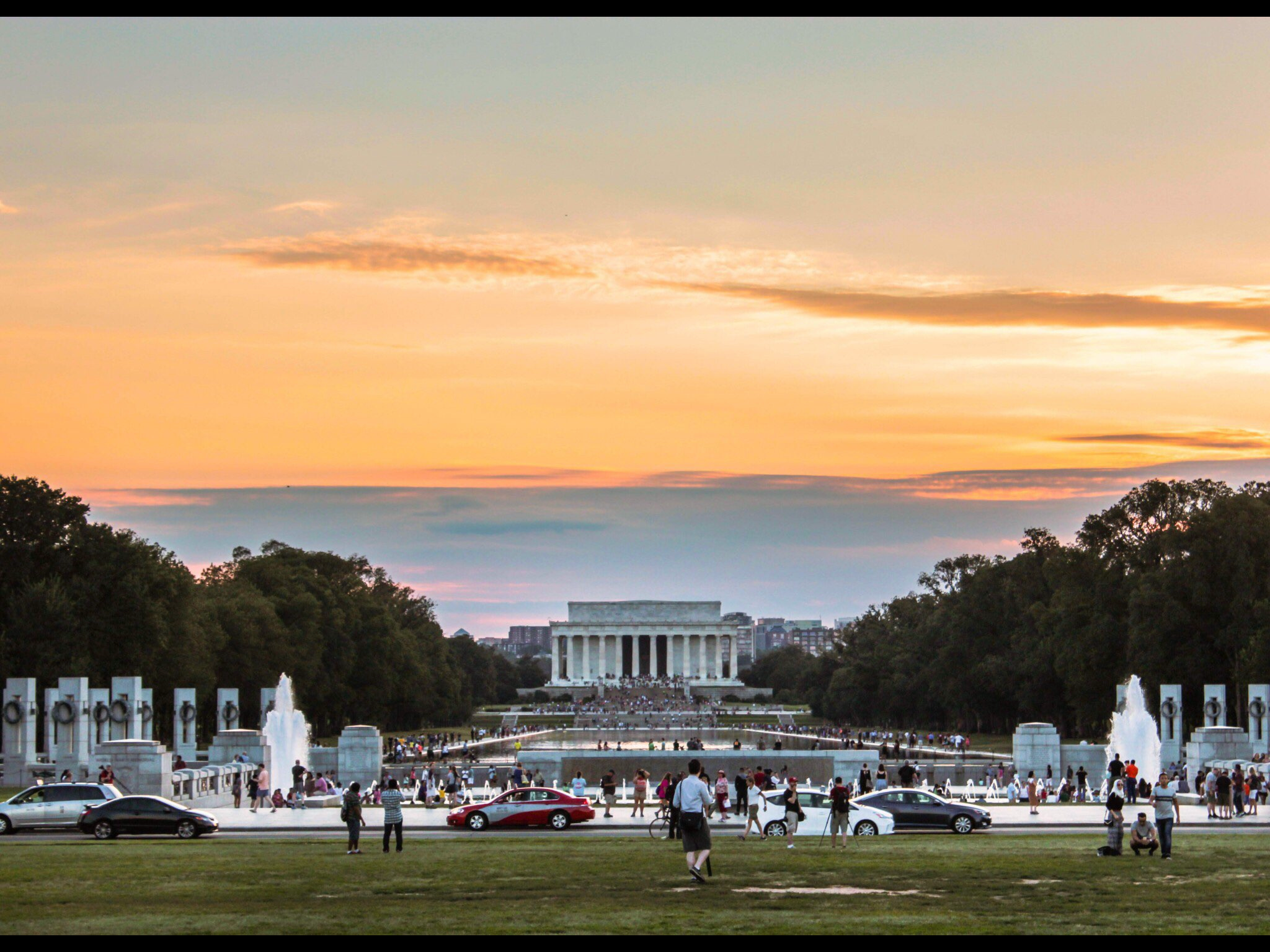
I love Landscape/Nature photography. About 80% of my work is connected to landscapes and nature, the rest of the 20% is stuff I find to be unique, interesting, cool, this could be anything. I am amazed every single time I see the beautiful colors of an open flower or a gorgeous sunset over a vast ocean with red, orange lit clouds overhead, etc. I enjoy capturing “beauty” and sharing my personal experience of that emotion with others.
I do not work for a monthly paycheck, so in that sense I am not a full time photographer. However, I am a full time photographer in the sense that I have an online gallery and sell prints 24/7. Feel free to visit and purchase anything you like on my website. You will find a wide collection of images to choose from. Also, check out my Instagram page which I update fairly often and let me know if you have any questions, I will be happy to answer them there! (@dsuhphoto)

I would say it depends on the person and circumstances. It is definitely hard if you do not know much about photography, the style you want to shoot, your own camera and lenses, how to run a business. As with most things, I think the main ingredient for success is to invest a lot of time and be smart about whatever it is you want to do. There are many tools out there to learn from, youtube, blogs, the internet. I have some friends for whom it was easy and have started doing photography for pay from a young age, I also have friends for whom it has been a hard journey and still have a hard time finding clients or selling prints. I think it depends on the person, but opportunities are there.
Washington DC is where I got into photography on a deeper level but still mostly did it for personal enjoyment. Oklahoma is where I started to think about it more professionally. In DC I was mainly occupied with my career, friends, and church life, Oklahoma allowed me to slow down and focus more on what I loved doing in my personal spare time, photography. It was there I created my blog website, professional Instagram account, and now have been published 6 times in the official newspaper of Oklahoma, The Oklahoman. The slow pace of life in Oklahoma definitely allowed space to establish my online presence.
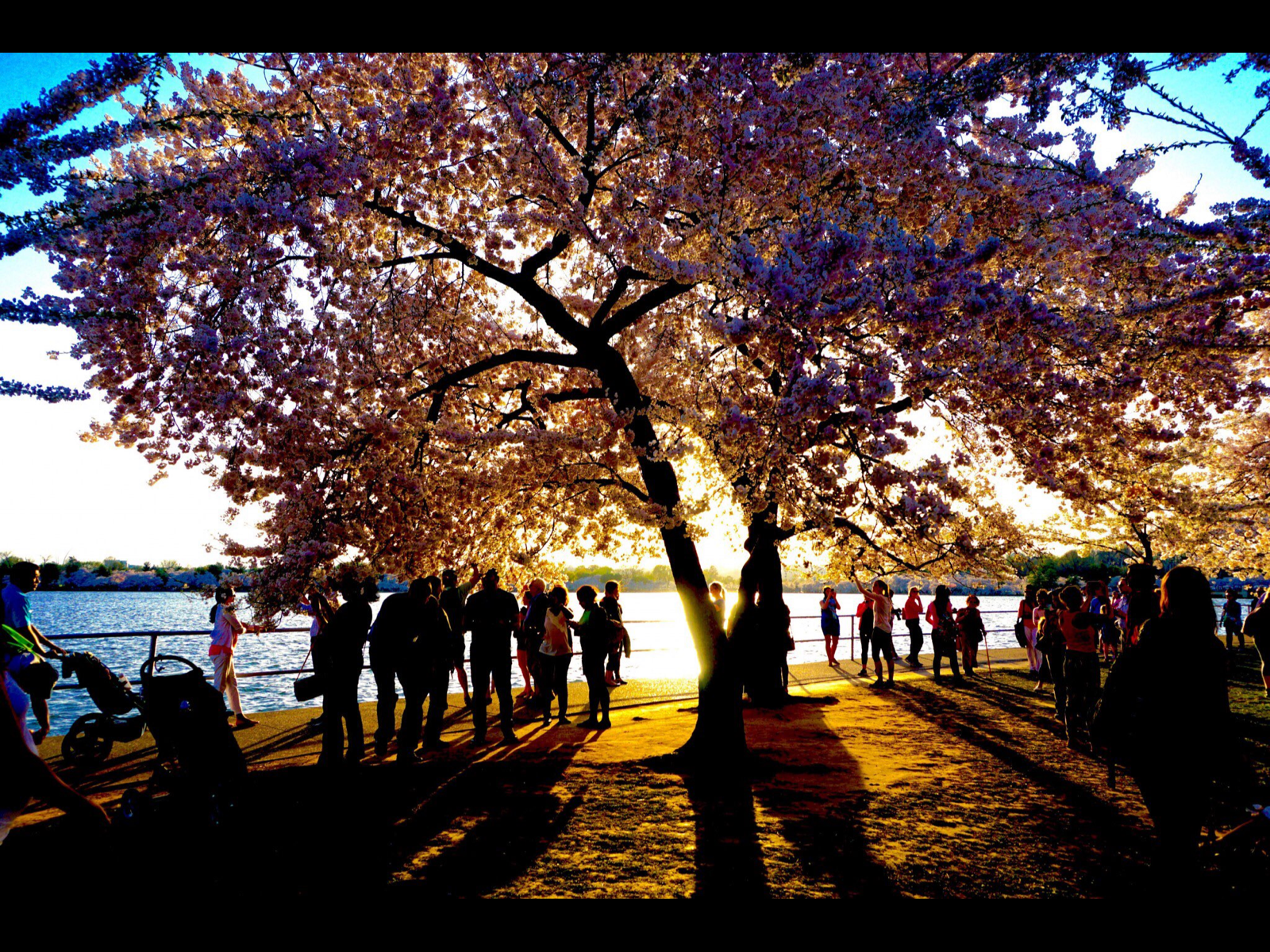
This is a hard question, I like them all! I have been to South Korea, Russia, Mexico, Europe, Uzbekistan, U.A.E, and all over the US. If I really must choose a place, it would be Philippines. It is vastly different from every place I lived in because of it’s tropical climate and geological structure of over 7,500 islands. I have a fondness for things that I am unfamiliar with, I like experiencing new things, exploring, so it is natural for me to enjoy this new to me country. I have now travelled there twice in the past 3 years and would love to go again.
My favorite lens at the moment is the Rokinon 12mm f2.0. I am a sucker for fast wide angle lenses because I have a deep appreciation for the sky and hence astrophotography. After visiting lonelyspeck.com and watching a few of Ian Norman’s videos I was determined to capture the sky the way he did. I bought the lens after reading multiple reviews because it is not expensive, it is fast, sharp. I love wide angle shots of landscapes, and it fits my E-mount Sony Mirrorless camera.
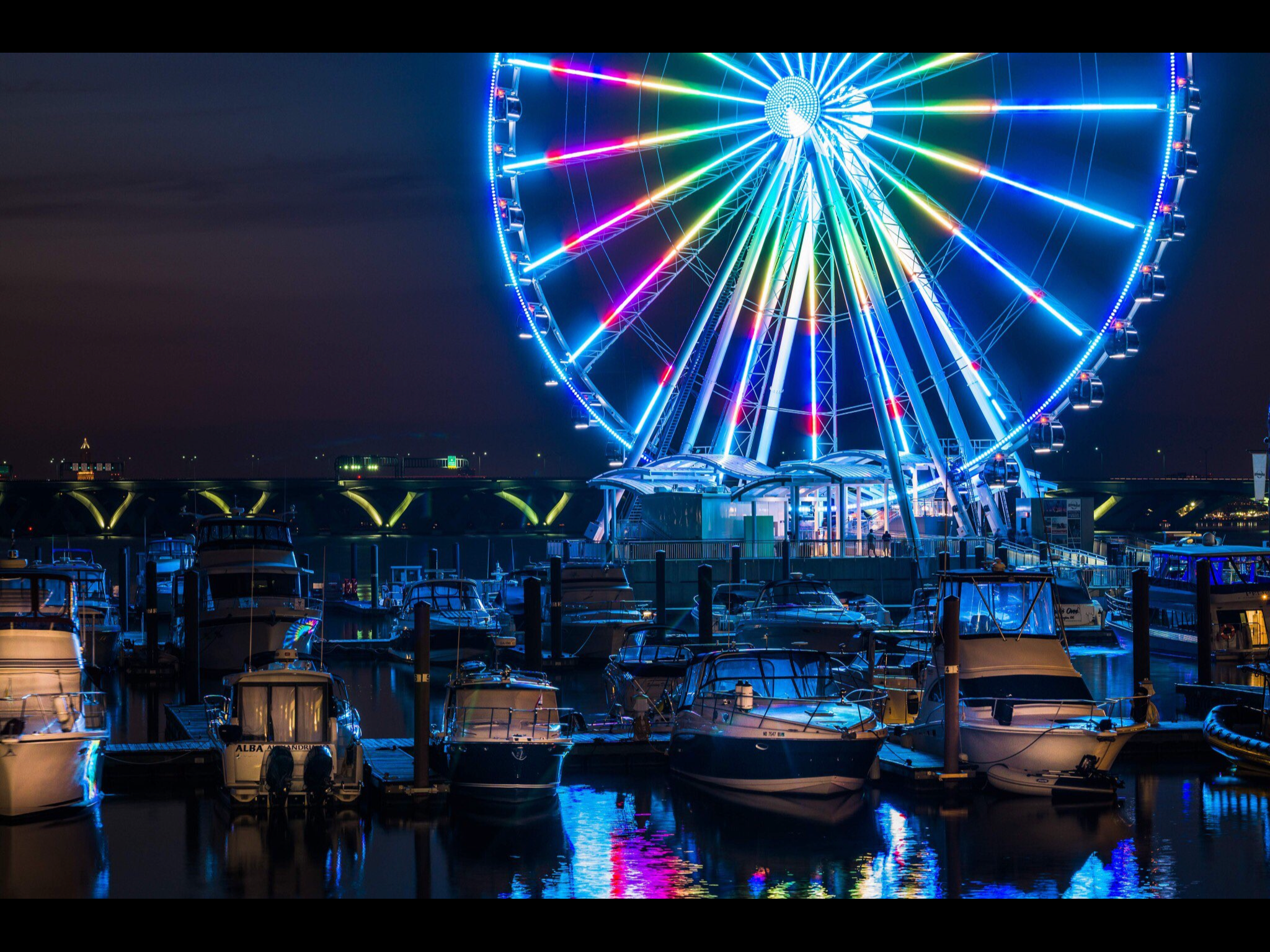
This is another hard question. I love traveling so something along the lines of working with National Geographic or Discovery would be cool. As far as destinations, Alaska is on top of my list to visit. It carries a lot of natural beauty, icebergs, northern lights, unique wildlife most people do not get to see. I think Alaska is very unique to the rest of USA so it would be a vastly new experience for me to visit there.
I definitely see a difference between US and Asian wedding photography styles. Generally speaking, in US you have your standard engagement and wedding photographers who do the usual shots of the bride, the groom, the dress, ring, cake, flowers, venue, and relatives. It is driven by trying to capture the wedding experience well. The Asian style tends to lean on being more flashy, staged, and with added special effects in capturing the couple. Just google “American wedding photography” and then “Korean wedding photography” for example or check out the pictures of the top Filipino wedding photographer Lito Sy and you will see what I mean.
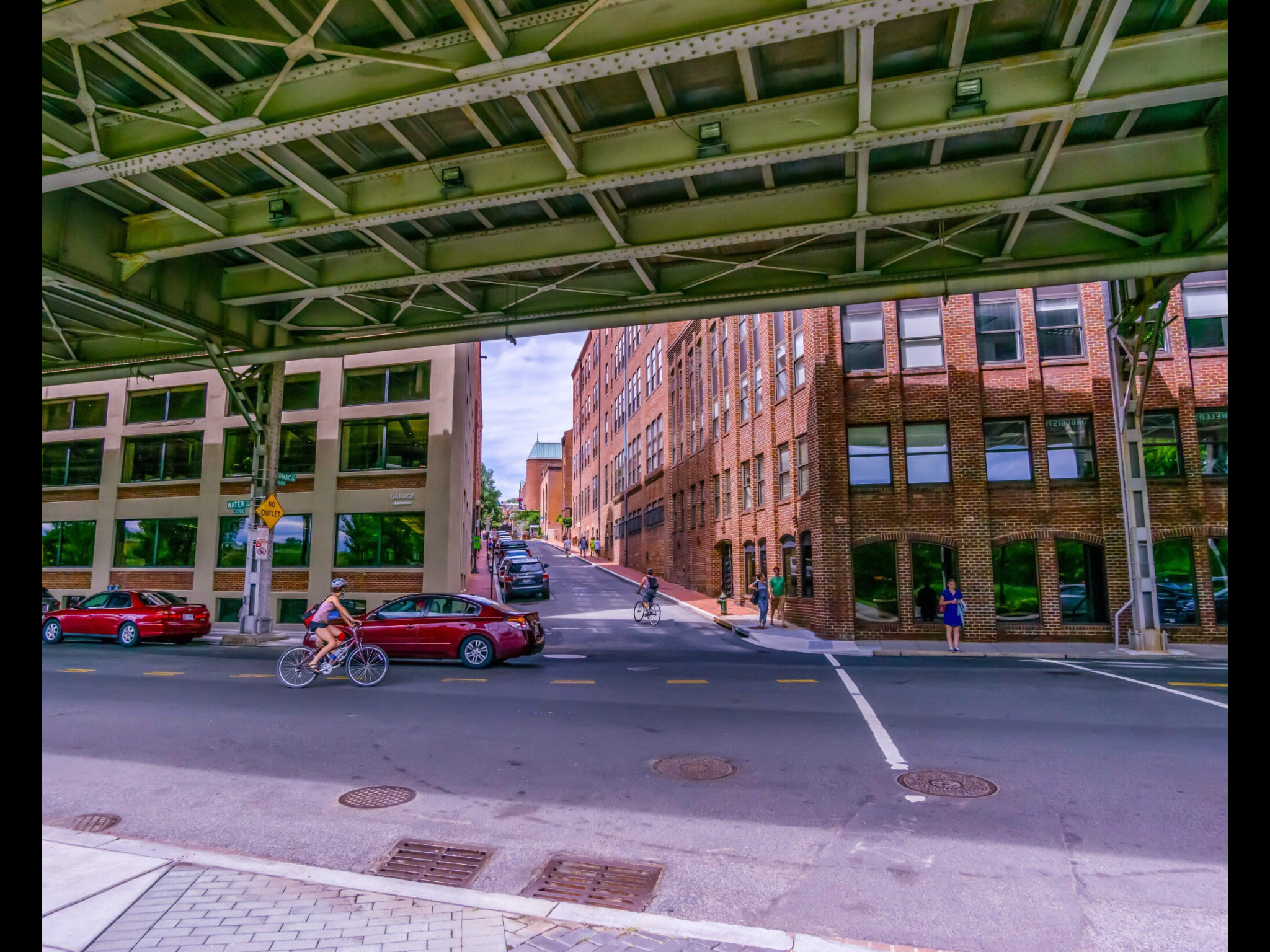
I remember watching some video on landscape photography from B&H and at the end the speaker recommended some apps to check out, one of them was Fripito. I liked his work, so I decided to check out the app. Looked through a couple of the guides and decided I wanted to be a part of what Fripito was doing. I love shooting places and love sharing with others so it was only natural for the connection to take place. So I contacted Fripito and now I have a guide.
If you want see more of Daniel Suh work or you are heading to Washington DC, download Fripito app to iOS or Android and check his guide.